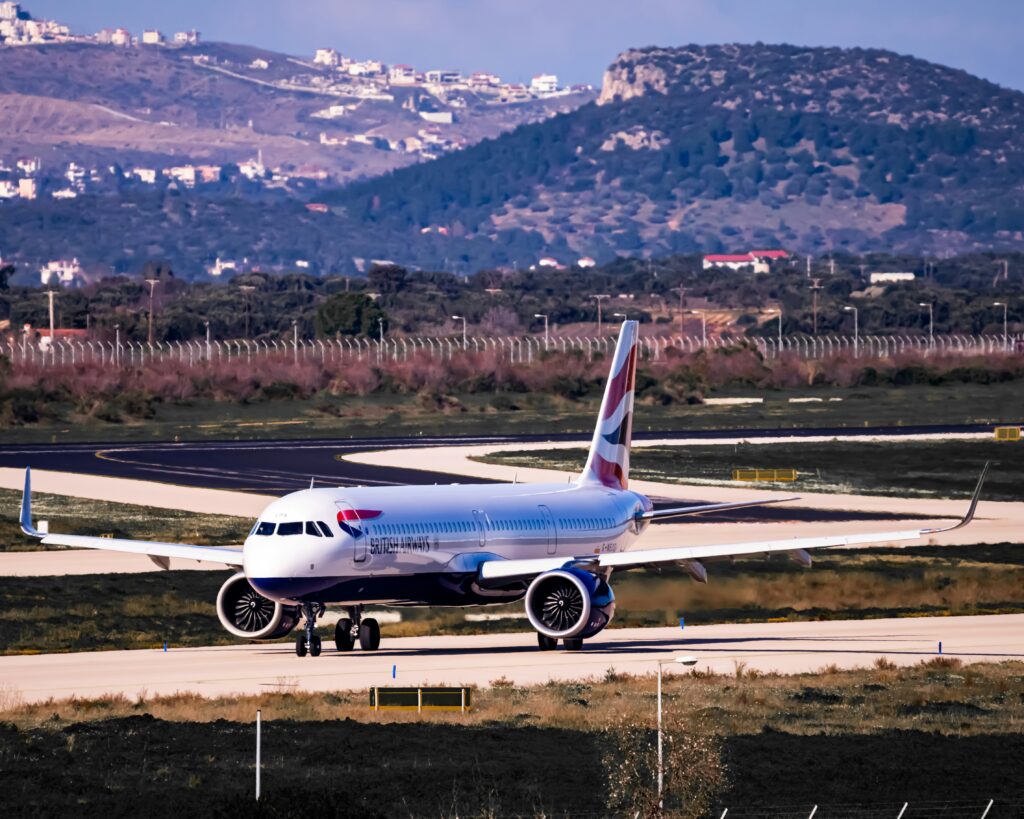Understanding the Role of Airports in Greece
When planning a trip to Greece, understanding the layout and role of various airports in Greece can significantly improve your travel experience. With its numerous islands and mainland destinations, Greece relies heavily on both international and domestic air travel. Whether you’re flying into Athens from abroad or hopping between islands, knowing the main airports in Greece is essential.
Major International Hubs
Greece is home to more than 60 airports, ranging from large international hubs to smaller regional terminals. The busiest and most important airport is Athens International Airport Eleftherios Venizelos, located in Spata, about 20 kilometers east of the city center. This is the primary gateway to Greece for most international travelers and serves as the central hub for domestic flights as well. With its modern facilities, efficient transport links to the city, and wide selection of airlines, Athens Airport is the starting point for many Greek adventures.
Thessaloniki Airport Makedonia is the second-largest in the country and serves northern Greece. It connects the city with major European destinations and offers a good number of domestic flights. It’s an ideal entry point for travelers heading to places like Halkidiki, Mount Olympus, or even the northern borders with Bulgaria and North Macedonia. Although not as large as Athens, Thessaloniki’s airport is a convenient and efficient hub for exploring northern regions of Greece.
Island Airports: Gateways to Paradise
Another vital aspect of air travel in the country involves the many regional airports in Greece, especially those serving popular islands. Airports on islands like Santorini, Mykonos, Rhodes, Crete, and Corfu handle hundreds of thousands of travelers each year, especially during the summer season. Santorini Airport, for example, sees heavy tourist traffic and connects directly to many European cities. Mykonos Airport has a similar profile, serving partygoers and luxury travelers heading to one of Greece’s most glamorous islands.
Crete, Greece’s largest island, is home to multiple airports, with Heraklion International Airport being the busiest among them. It receives flights from several European countries and serves as a base for exploring Crete’s historical and natural treasures. Chania International Airport on the western side of the island is another significant entry point and is popular with visitors heading to beaches like Elafonissi or towns like Rethymno.
The island of Rhodes, located in the southeastern Aegean Sea, has one of the larger island airports in Greece. Rhodes Airport Diagoras accommodates flights from across Europe and the Greek mainland, supporting the island’s thriving tourism industry. The same goes for Corfu International Airport, which is crucial for visitors exploring the Ionian Islands. Both airports experience a high volume of charter and seasonal flights from April through October.
Smaller Regional Airports
While the major airports in Greece handle international traffic, the network of smaller airports is essential for domestic travel. Many travelers use these regional hubs to move between islands or to access areas not easily reached by ferry. For example, Naxos, Paros, Skiathos, and Zakynthos all have small but operational airports that connect to Athens or Thessaloniki. Flights to these destinations are often short, scenic, and save hours compared to ferry options.
Emerging Airport Destinations
It’s also worth mentioning the increasing popularity of Greece’s lesser-known airports as tourism spreads beyond the major hotspots. Kalamata Airport in the Peloponnese, Aktion Airport near Lefkada, and Kavala Airport in eastern Macedonia are gaining traction. These airports offer a more relaxed experience and are ideal for travelers seeking to explore less tourist-heavy regions of the country.

Infrastructure and Services
The airports in Greece are generally well-maintained and improving in quality due to ongoing infrastructure investments. Many terminals have been recently renovated or expanded to cope with the growing number of visitors. This includes upgrades to navigation systems, runway expansions, and improvements to passenger services. Even the smaller airports now often offer car rental services, ATMs, cafes, and shuttle options to nearby towns.
Seasonality and Connectivity
When planning your flights, it’s important to understand the seasonality of Greek air travel. Most island airports operate at their fullest during the tourist season, which typically runs from late April to early October. During winter months, some routes may be reduced or even suspended. Travelers flying in the off-season should plan accordingly and check for updated schedules.
In terms of connectivity, airports in Greece are well integrated into the country’s broader transport network. Major airports like Athens and Thessaloniki offer metro, bus, and taxi services to city centers. On the islands, shuttle services, taxis, and in some cases, public buses link airports to the main towns. Renting a car is also a common choice, especially on larger islands where public transportation is limited.
Flight Planning Tips
If your trip involves multiple destinations within Greece, consider booking open-jaw tickets or multi-city itineraries. This allows you to fly into one airport and out of another, reducing backtracking and saving time. For example, you could arrive in Athens, explore the mainland, then fly out from Heraklion or Santorini.
Budget airlines and national carriers alike service the airports in Greece. Aegean Airlines, the national carrier, has extensive domestic routes and often provides high-quality service. Budget airlines like Ryanair, EasyJet, and Wizz Air offer seasonal routes from various European cities, especially to the islands. These options provide flexibility and help keep costs down.
Summary: Major Airports in Greece
| Airport | Type | Description |
|---|---|---|
| Athens International (ATH) | International | Greece’s main hub with worldwide connections and domestic links. |
| Thessaloniki Makedonia (SKG) | International | Serves northern Greece and nearby Balkan countries. |
| Heraklion (HER) | International | Main airport in Crete, popular for summer flights from Europe. |
| Chania (CHQ) | International | Western Crete’s main airport, close to popular beaches. |
| Rhodes Diagoras (RHO) | International | Gateway to Rhodes and the Dodecanese. |
| Santorini (JTR) | International | Handles seasonal flights to major European cities. |
| Mykonos (JMK) | International | Serves high-end tourism and nightlife visitors. |
| Corfu (CFU) | International | Popular for Ionian island travelers. |
| Zakynthos (ZTH) | International | Busy during summer with charter and low-cost carriers. |
| Paros (PAS) | Domestic | Small island airport with Athens connections. |
| Naxos (JNX) | Domestic | Short runway, Athens flights only. |
| Kalamata (KLX) | International | Growing regional airport in the Peloponnese. |
| Aktion (PVK) | International | Useful for Lefkada and western mainland. |
Conclusion
In conclusion, understanding the layout, functionality, and connectivity of airports in Greece is essential for planning a smooth trip. From the major hubs in Athens and Thessaloniki to the scenic island runways of Santorini and Mykonos, Greek airports play a vital role in making the country accessible. As tourism continues to grow, these airports are constantly evolving to meet traveler needs. Whether you’re arriving for a short city break or embarking on an island-hopping adventure, the airports in Greece are the gateways to unforgettable experiences across this beautiful and diverse country.

